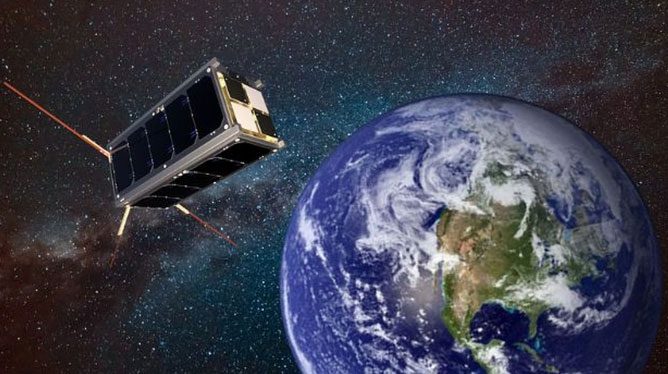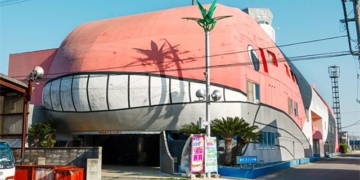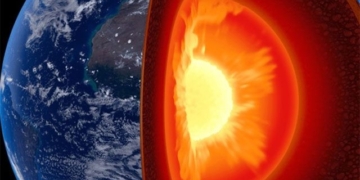Ireland Joins the “Space Club” with Successful Launch of First Satellite into Low Earth Orbit.
On December 1st, the Educational Research Satellite Ireland-1 (Eirsat-1), developed by Ireland, was launched into space from Vandenberg Air Force Base in California, USA, atop a SpaceX Falcon 9 rocket.
About an hour and a half after the launch, the satellite, roughly the size of a brick, deployed its antenna system and became operational. By December 4th, the ground control agency in Ireland had received and uploaded data from the tiny satellite.

Illustration of Eirsat-1 satellite in orbit around Earth. (Photo: ESA/UCD).
This achievement is seen as remarkable for Ireland, a country with just over 5 million inhabitants. “We were completely overwhelmed, and tears began to flow as the satellite successfully entered its operational orbit,” said David Murphy, a scientist involved in the project.
Eirsat-1 was developed by 50 students at University College Dublin (UCD). The satellite carries three main instruments, including a Gamma Ray Detector (GMOD), an ENBIO thermal material testing module (EMOD), and a Wave-Based Controller (WBC).
These components are designed to collect data while addressing some of the most pressing scientific issues, as well as supporting future space missions.
Specifically, GMOD will detect high-energy electromagnetic radiation known as gamma rays beyond the interference of Earth’s atmosphere.
Meanwhile, Eirsat-1’s EMOD module is designed to test thermal surface processing methods, which could be crucial for developing surface materials for future spacecraft.
The remaining device, WBC, utilizes the magnetic field created within the spacecraft to interact with Earth’s magnetic field and control altitude.
This technology could be applied to future spacecraft, aiming to enable them to operate at low energy levels without the need for propulsion. Eirsat-1 is expected to operate for about 3.5 to 4 years before leaving orbit.
Scientists in Ireland believe the impact of Eirsat-1 on education and industry in Ireland is the most significant and lasting legacy that a satellite can create.
“The success of Eirsat-1 will inspire the next generation of students to continue developing the next exploratory devices for space,” David Murphy stated.
“We hope this is just the beginning of ongoing space activities in which we will participate in the industry and education in Ireland.”




















































